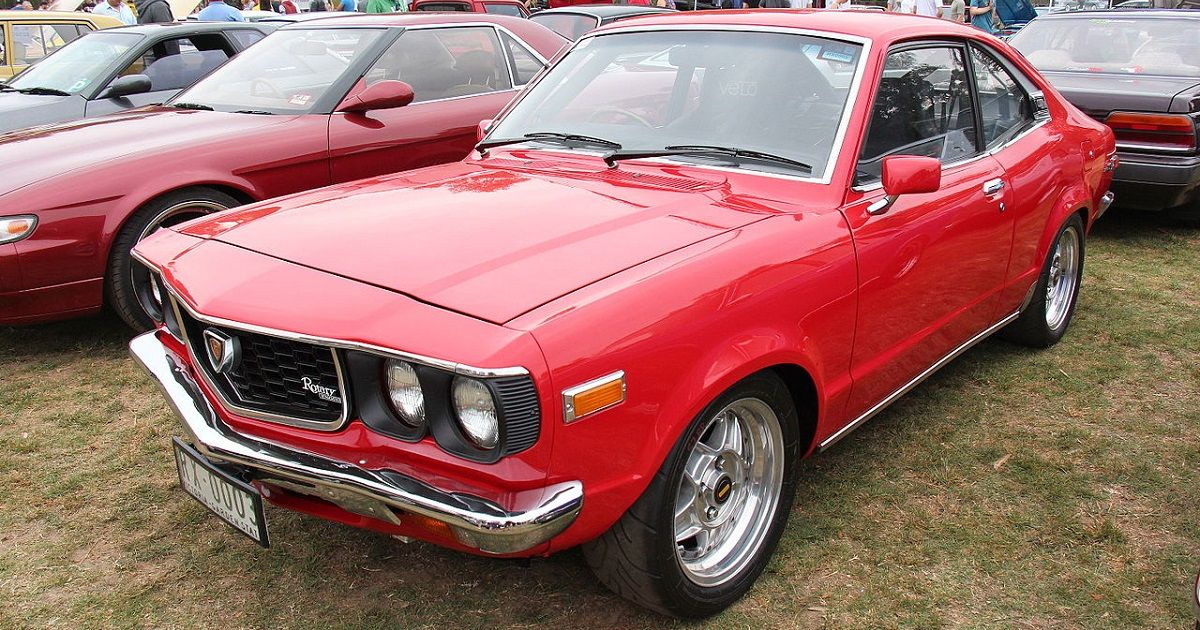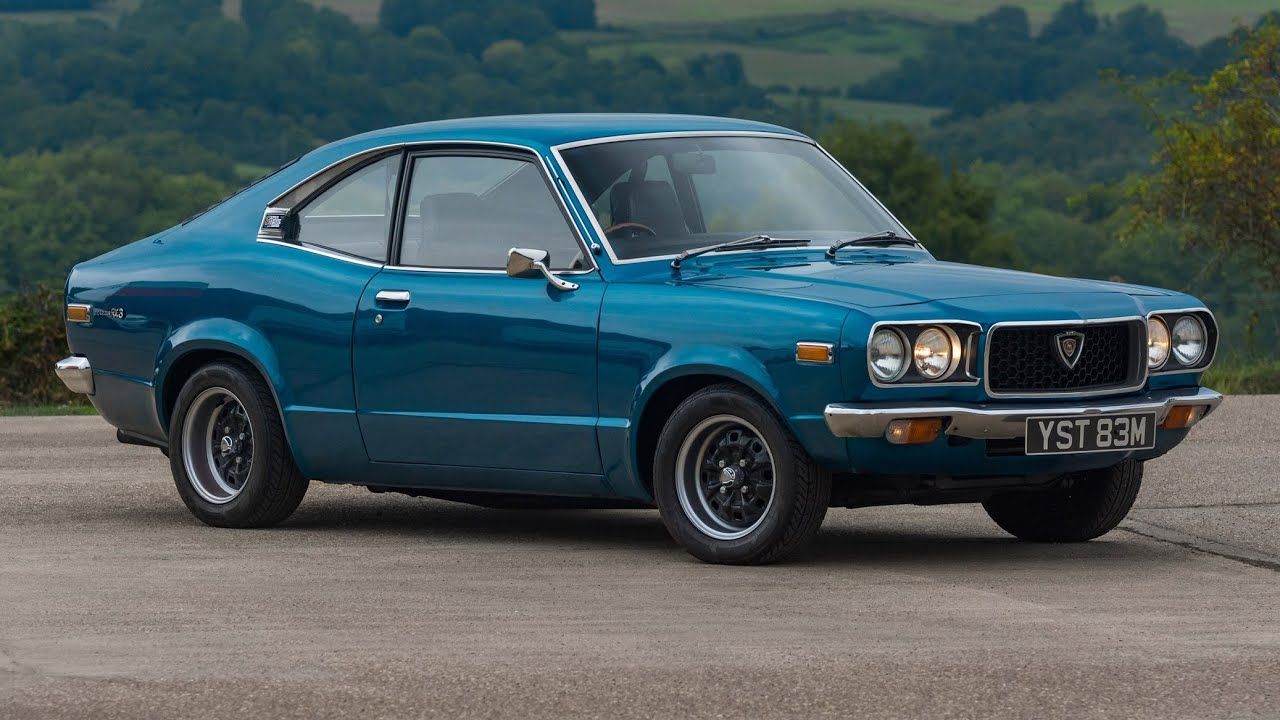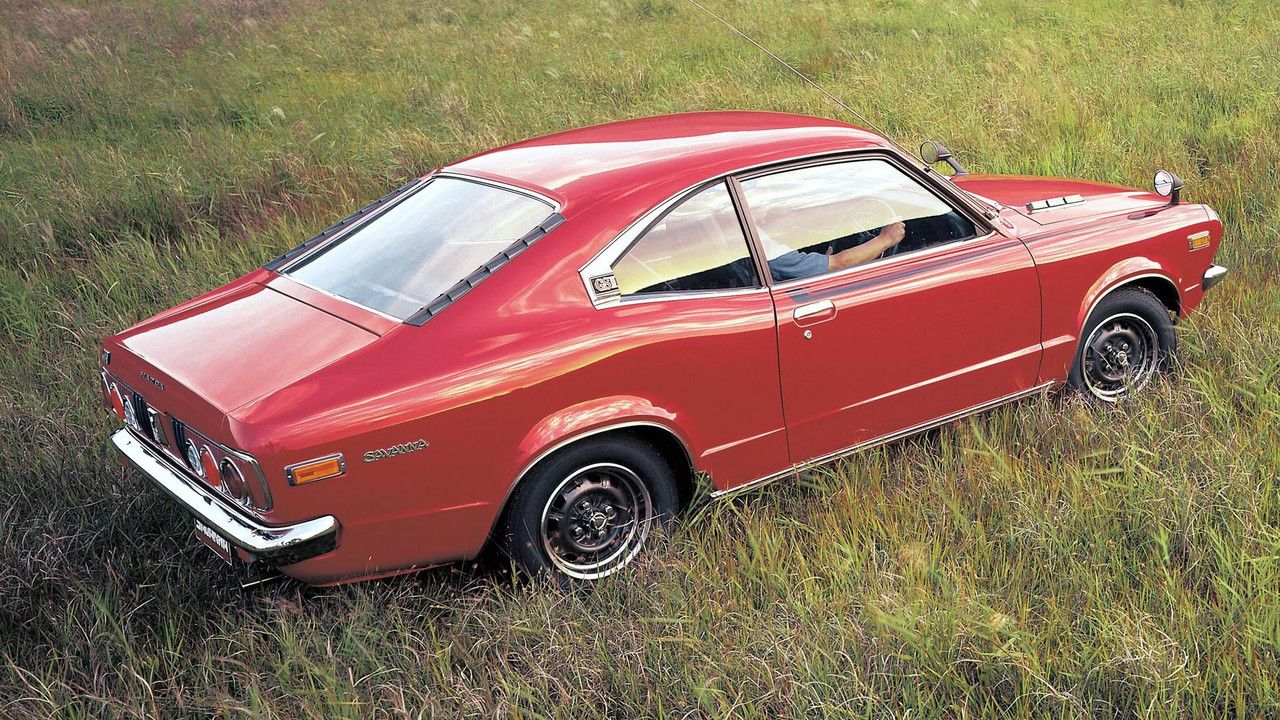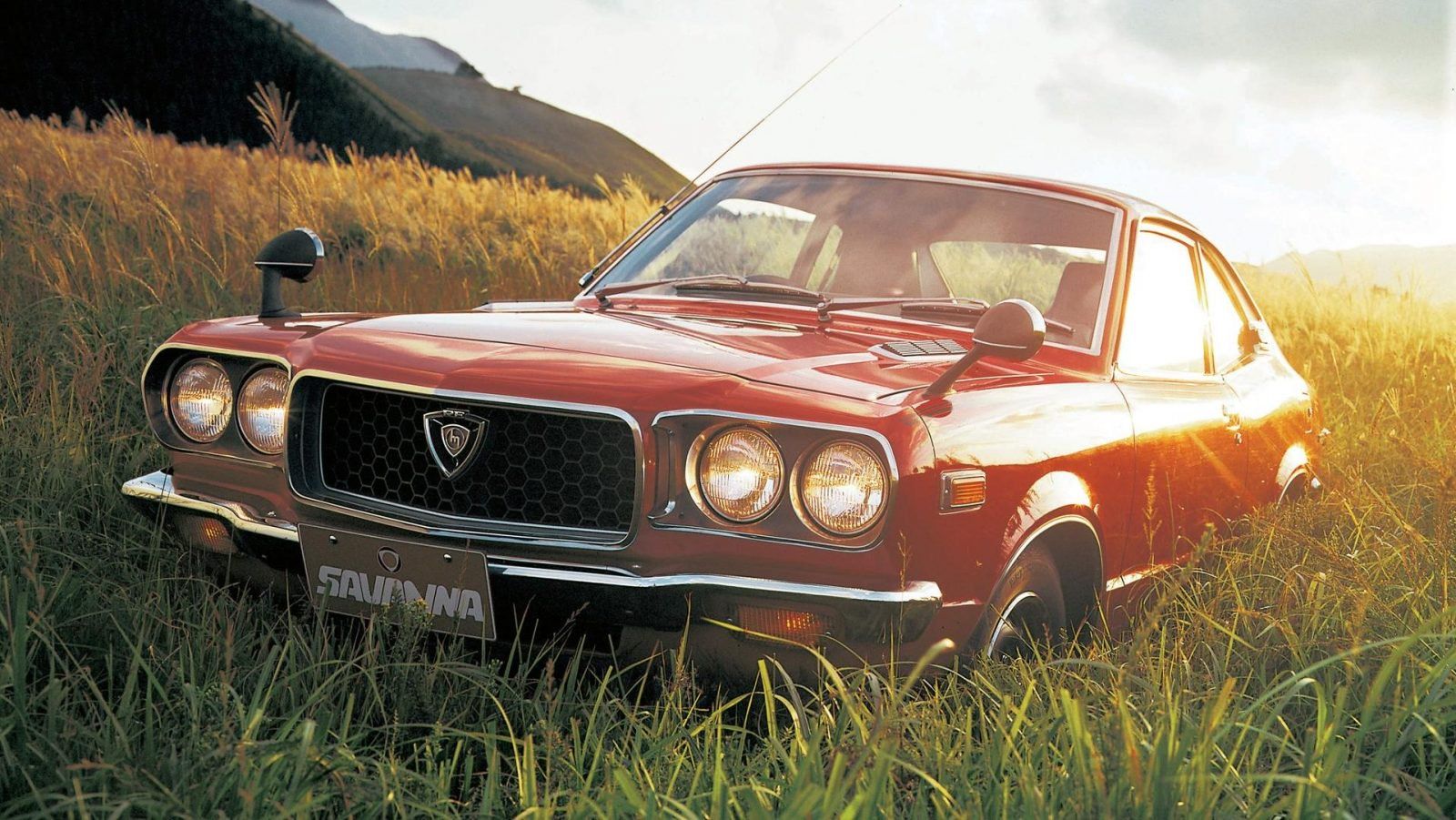The Mazda RX-3 was your typical baby muscle. It's a small passenger car shaped like a muscle car with a twin-rotor Wankel engine under its hood.
The seemingly compressed muscle car was actually an exotic road rocket. Its performance was underrated even for JDM sports car standards.
It did well in comparison to other Japanese cars, and with a seemingly drag-ready build, the RX-3 didn't disappoint.
The RX-3 also set the tone for other Mazda sports cars to follow. In fact, it can even outperform some of its successors depending on how it is built.
What makes this Mazda sports car a legend? Let's take a look back at what made the RX-3 so special during its run.
A Brief Background on the Mazda RX3
The Wankel-powered automobiles date back to the 1970s when Japanese carmaker Toyo Kogyo invested in its manufacturing.
Mazda made a brave move trying to bring a Wankel-engined car into production since French automaker Citroën and German automaker NSU already suffered financial blows attempting to do such.
The competition in the Japanese car market was stiff as established competitors such as Toyota and Nissan/Datsun were already dominating. Mazda needed something to make them stand out. The company decided that a rotary engine technology would solve that.
The first car to benefit from this innovation was the limited production of the Mazda Cosmo in 1967. The second was the R100, which was an affordable but decent-performing sports car.
Following the success, Mazda started installing the Wankel engine on one of their popular lines, the Mazda Gran Familia, or better known as the RX3. It has opened up a new option for even regular car buyers.
The Mazda Grand Familia falls in the same class as the Toyota Corolla and the Mitsubishi Lancer. It was called the RX3 in its Japanese, Australian, and European markets.
Mazda RX3 Series I
The first RX3 series came out in 1971 and was offered in either a four-speed manual gearbox or three-speed automatic transmission. It was available in either a two-door coupé, four-door sedan, and a five-door station wagon.
It had a slightly different style from the seemingly identical Mazda 808. The RX3 had a slightly more protruding honeycomb front grille and round headlights. The couple and sedan models also had different stylings for their rear end.
Its suspensions differed in front and at the rear. The front had coil springs, while the rear had semi-elliptic leaf springs. Its braking system also differed as the front had disc brakes while the rear were drum brakes.
1972 was a huge step for the Mazda RX3 as its GT models had a larger 12A engine under its hood. It was capable of producing 125 horsepower compared to the 10A that only logged at 105hp.
The 1972 GT model was more drag-ready with its lower suspension, wider rims, and a five-speed gearbox. It was also at this time Mazda introduced its new Transplant Coating Process (TCP) into its engine production.
RELATED: A Detailed Look Back At The Mazda RX-7
Mazda RX3 Series II
The RX3 Series II came out in the second half of 1973. It was also the year that its engine was upgraded to the larger 12A for good. The engine upgrade had what was called REAPS or Rotary Engine Anti-Pollution System.
A new 12B engine was introduced the following year. It was a single-distributor version of the previous 12A. It became the permanent engine for the RX3 from 1974 until its last model in 1978.
Other updates of the 12B included single rather than double side seals. Its starter motor was relocated to the lower left side as well.
The updated engine was capable of producing 130 horsepower and 115lb/ft torque. It can go from zero to 60mpg in 10.8 seconds.
Mazda RX3 Series III
1976 may have marked the start of the RX3 Series III, but it also marked the end of exports to Australia and New Zealand.
The Series II had a lot of its features carried over to the Series III, particularly its engine. Minor changes included a new front with a lower spoiler lip, which improved its high-speed stability.
The once rotor-shaped front badge was changed to a more corporate-style one.
How Good Is The Mazda RX3?
While the Mazda RX3 wasn't the first to have a perfectly placed Wankel engine, it's still one of the more popular ones. It was also because Mazda added some key features that aren't present on other rotary engine automobiles.
Mazda was able to debug the Wankel engine and successfully implemented it on its 10A and 12A engines. It demonstrated the huge potential of such technology.
The most important thing to remember is that the RX3 is one of Mazda's affordable models during the RX3's time. It was what car buyers picked if they were looking for a purposeful sports car. The two-door coupe was its most popular model as it made for 50% of all total RX3 sales.
Mazda made a name for itself to motorsport enthusiasts as they discovered what the RX3 and its Wankel engine could do. It was also the basis for their high-performance sports cars.






